Drosophila
New connectomes fly beyond the brain
Researchers are mapping the neurons in Drosophila’s ventral nerve cord, where the central nervous system meets the rest of the body.
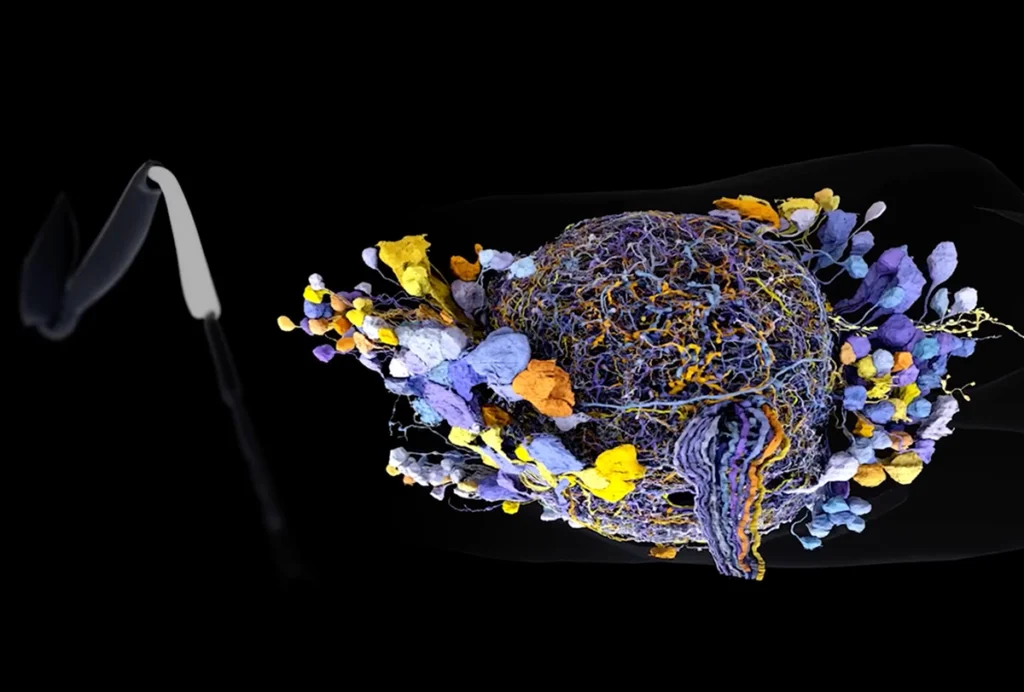
New connectomes fly beyond the brain
Researchers are mapping the neurons in Drosophila’s ventral nerve cord, where the central nervous system meets the rest of the body.
To develop better nervous-system visualizations, we need to think BIG
With a full mouse connectome on the horizon, neuroscience needs to overcome its legacy of minimalism and embrace the contemporary challenge of representing whole-nervous-system connectivity.
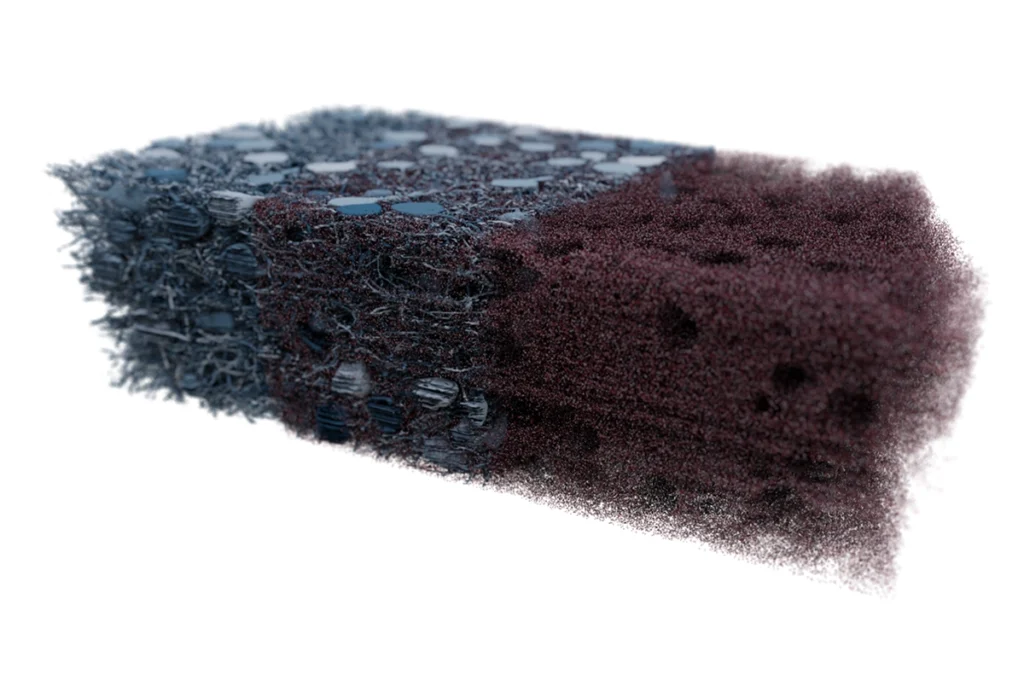
To develop better nervous-system visualizations, we need to think BIG
With a full mouse connectome on the horizon, neuroscience needs to overcome its legacy of minimalism and embrace the contemporary challenge of representing whole-nervous-system connectivity.
Mind control in zombie flies: Q&A with Carolyn Elya
A parasitic fungus compels its insect host to behave in strange ways by hijacking secretory neurons and circadian pathways.
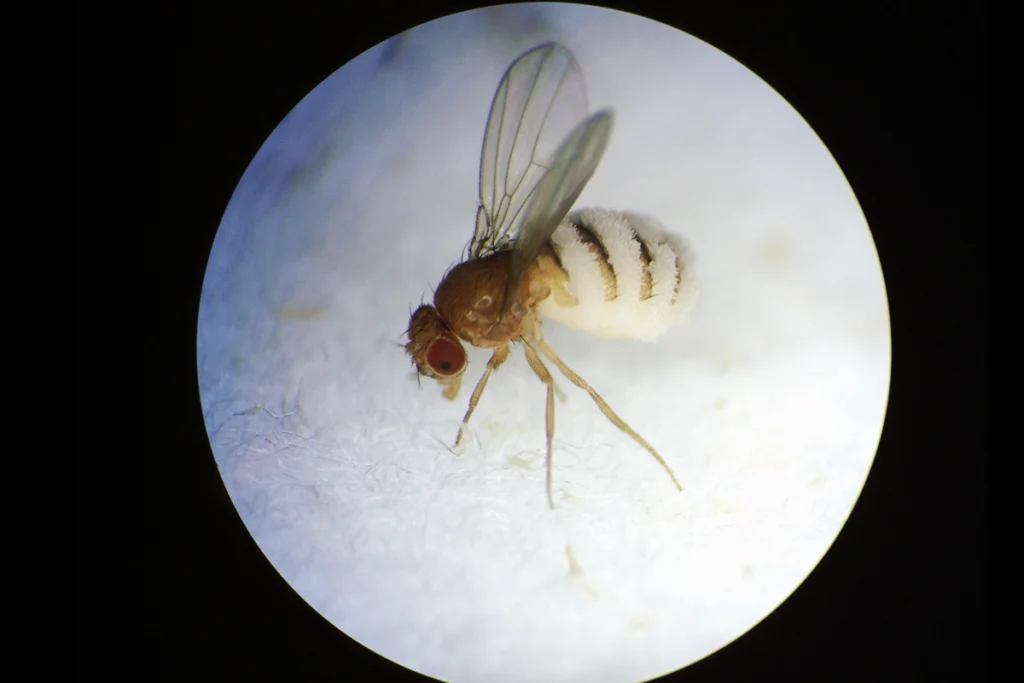
Mind control in zombie flies: Q&A with Carolyn Elya
A parasitic fungus compels its insect host to behave in strange ways by hijacking secretory neurons and circadian pathways.
Decoding flies’ motor control with acrobat-scientist Eugenia Chiappe
The tiny performers steal the show in Chiappe’s sensorimotor-integration lab in Lisbon, Portugal.
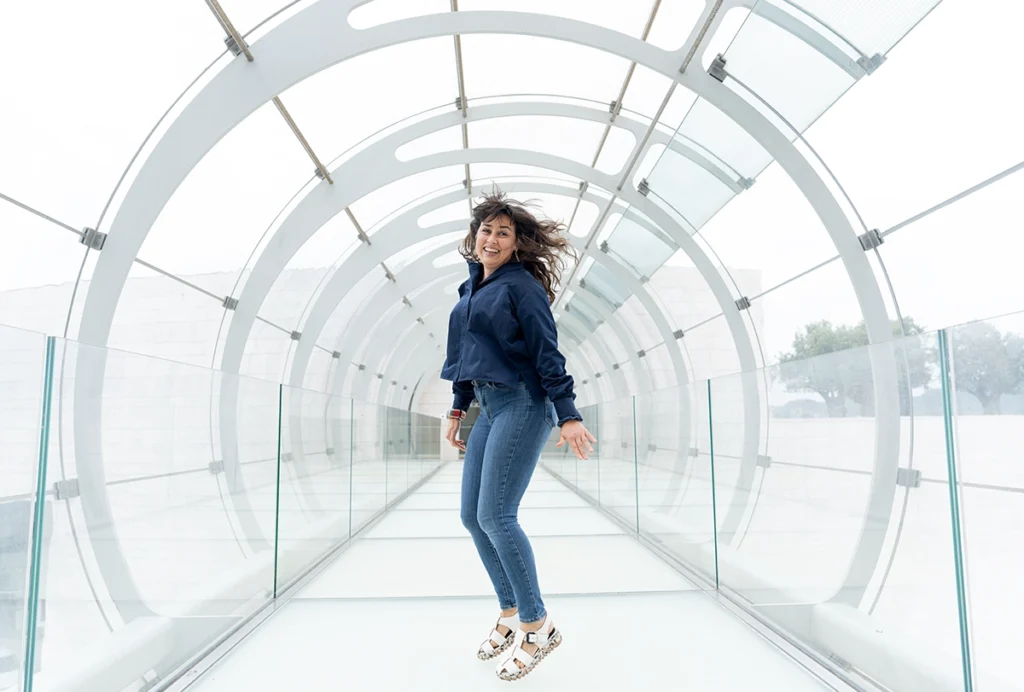
Decoding flies’ motor control with acrobat-scientist Eugenia Chiappe
The tiny performers steal the show in Chiappe’s sensorimotor-integration lab in Lisbon, Portugal.
Seen and heard: The Transmitter’s top multimedia stories in 2023
Our audio, video and photo highlights from the past year help to transport readers into scientists’ lives and research, and the lives of their study participants.
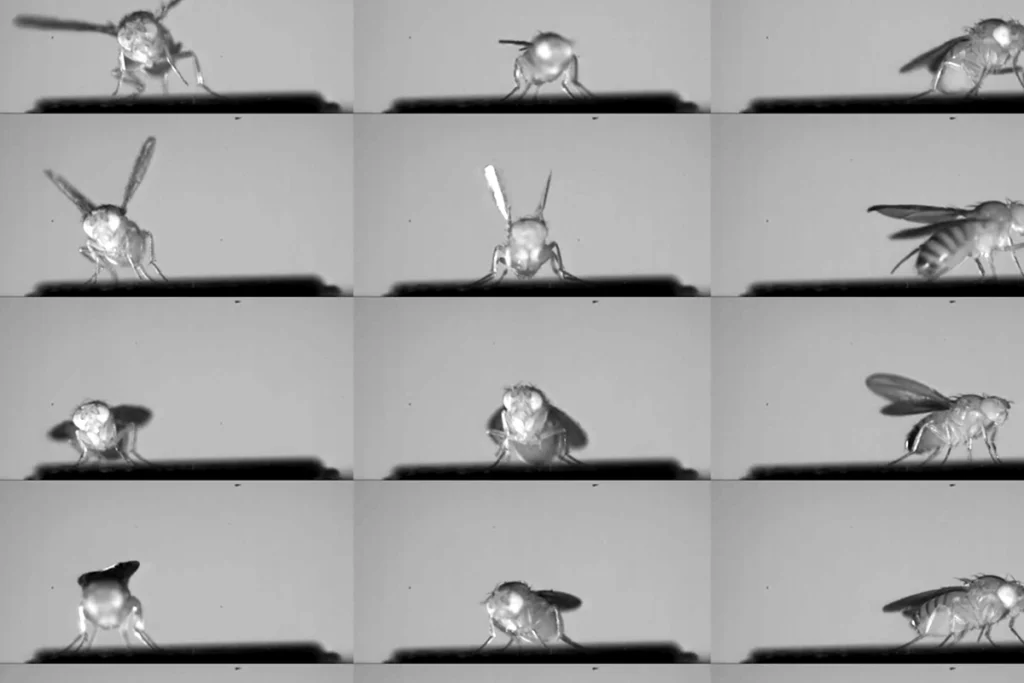
Seen and heard: The Transmitter’s top multimedia stories in 2023
Our audio, video and photo highlights from the past year help to transport readers into scientists’ lives and research, and the lives of their study participants.
Standout neuroscience news in 2023
Did you miss any of our favorite stories from the past year? Revisit them here.
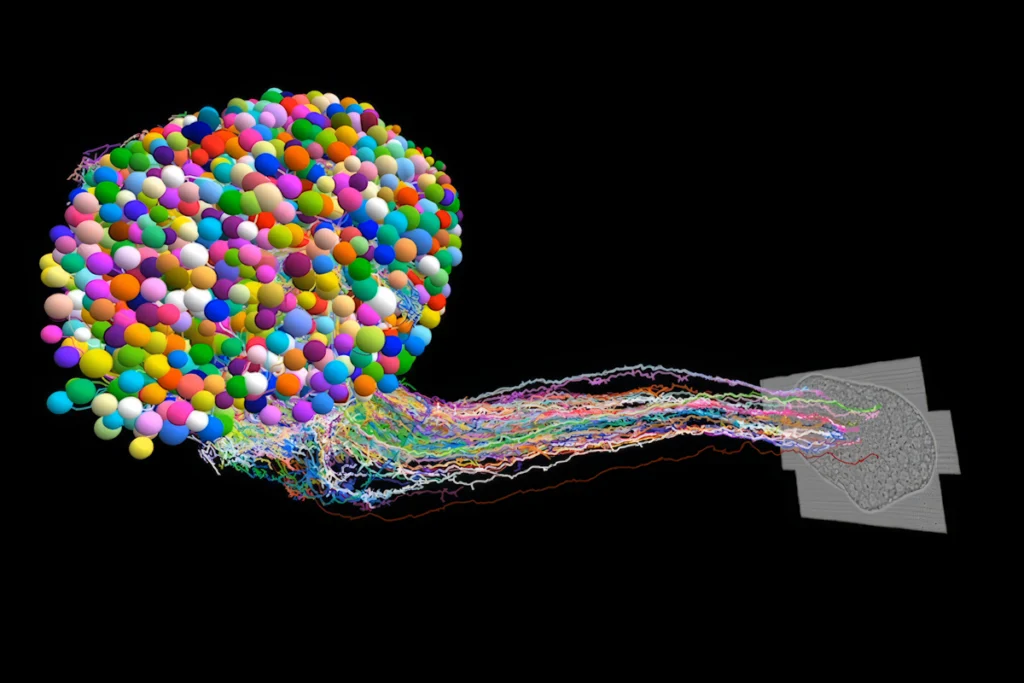
Standout neuroscience news in 2023
Did you miss any of our favorite stories from the past year? Revisit them here.
Reading fly minds in a mini-IMAX theater
The setup, involving a custom fly-releasing “PEZ dispenser,” makes it possible to map out — neuron by neuron — how individual insects respond to an imaginary predator.
Reading fly minds in a mini-IMAX theater
The setup, involving a custom fly-releasing “PEZ dispenser,” makes it possible to map out — neuron by neuron — how individual insects respond to an imaginary predator.
UBE3A’s link to synaptic pruning bolstered by fly study
Increasing or reducing the levels of the UBE3A gene, which is associated with autism and autism-related syndromes, results in altered patterns of synaptic pruning — a process that snips away brain cell connections.
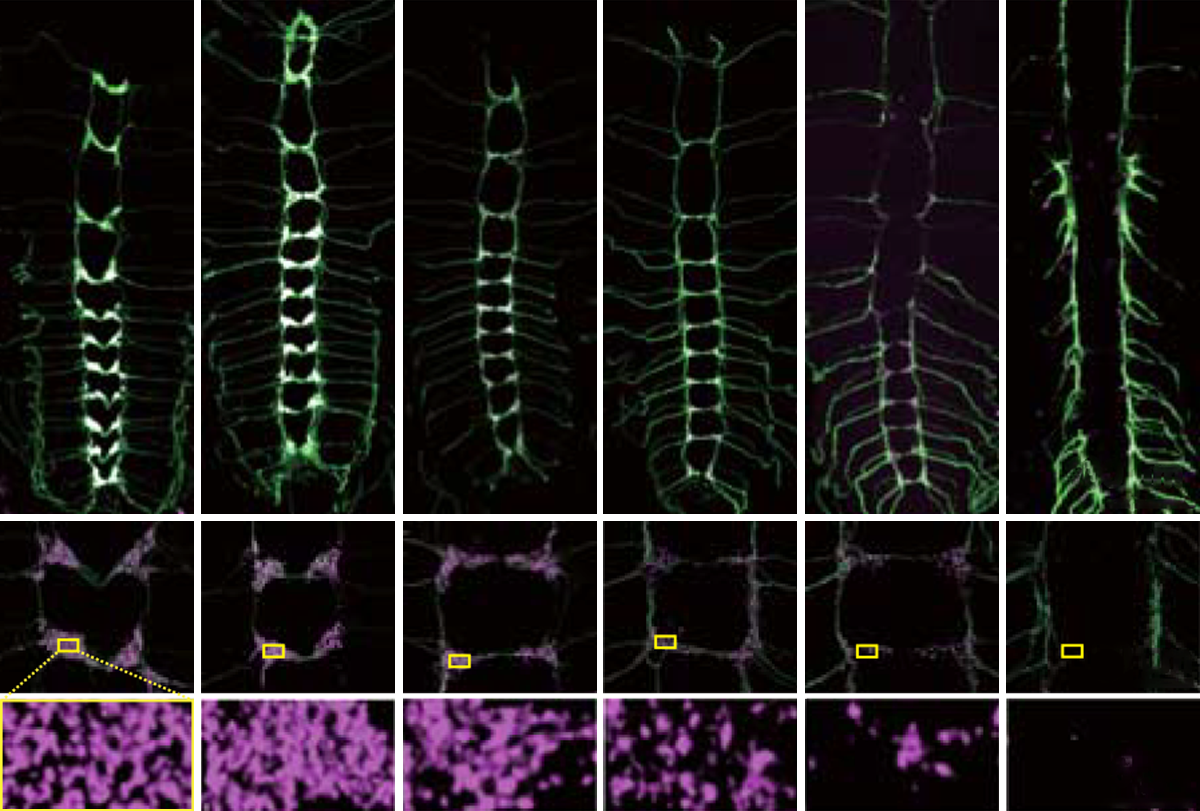
UBE3A’s link to synaptic pruning bolstered by fly study
Increasing or reducing the levels of the UBE3A gene, which is associated with autism and autism-related syndromes, results in altered patterns of synaptic pruning — a process that snips away brain cell connections.
Full connectome of adult fruit fly completed, with help from citizen scientists
The map, by far the largest one of an entire brain to date, contains 130,000 neurons and 53 million synapses.
Full connectome of adult fruit fly completed, with help from citizen scientists
The map, by far the largest one of an entire brain to date, contains 130,000 neurons and 53 million synapses.
Wiring map reveals how larval fruit fly brain converts sensory signals to movement
The map diagrams more than half a million neuronal connections in the first complete connectome of Drosophila and holds clues about which brain architectures best support learning.
Wiring map reveals how larval fruit fly brain converts sensory signals to movement
The map diagrams more than half a million neuronal connections in the first complete connectome of Drosophila and holds clues about which brain architectures best support learning.
Explore more from The Transmitter
Building an autism research registry: Q&A with Tony Charman
A purpose-built database of participants who have shared genomic and behavioral data could give clinical trials a boost, Charman says.
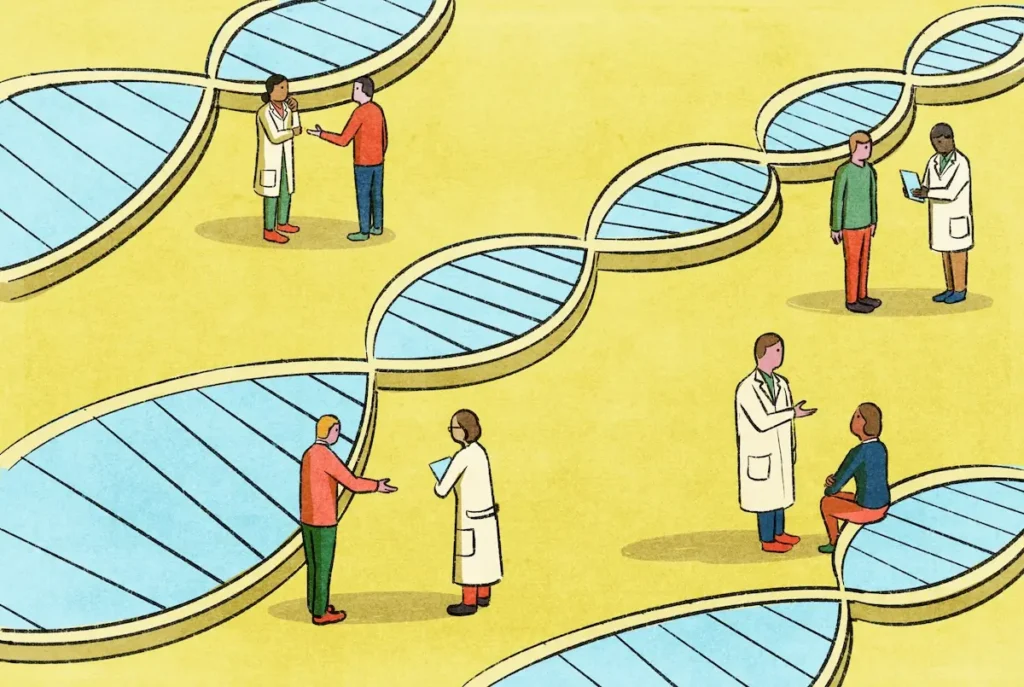
Building an autism research registry: Q&A with Tony Charman
A purpose-built database of participants who have shared genomic and behavioral data could give clinical trials a boost, Charman says.
Cerebellar circuit may convert expected pain relief into real thing
The newly identified circuit taps into the brain’s opioid system to provide a top-down form of pain relief.
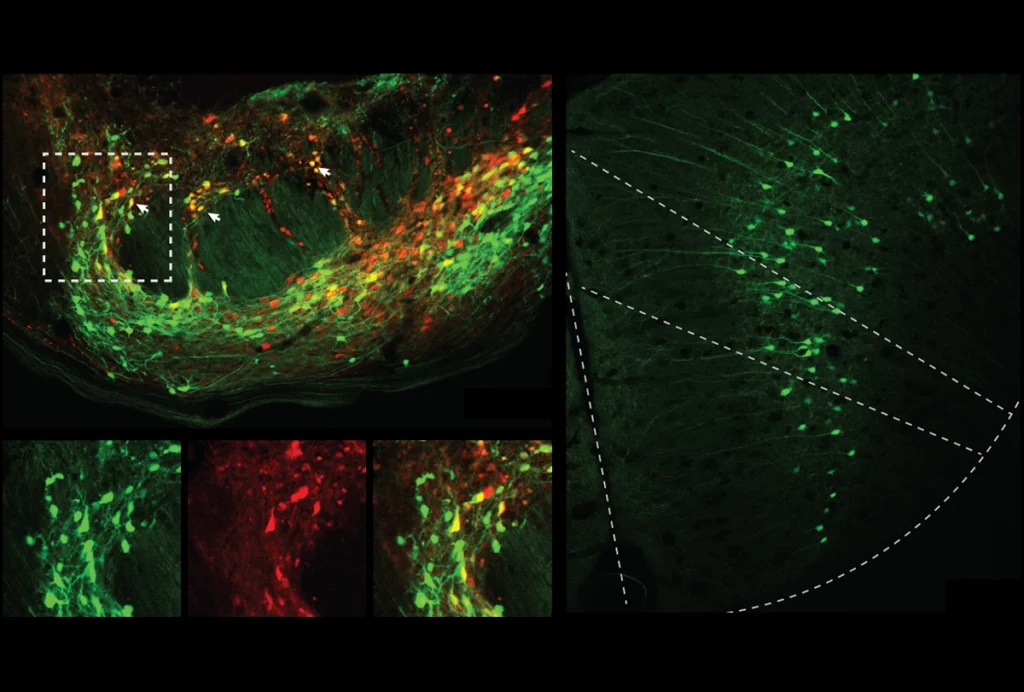
Cerebellar circuit may convert expected pain relief into real thing
The newly identified circuit taps into the brain’s opioid system to provide a top-down form of pain relief.
New ‘decoder’ tool translates functional neuroimaging terms across labs
The compendium of brain-parcellation atlases makes it possible to compare large-scale network data, which often involves different and overlapping network names.
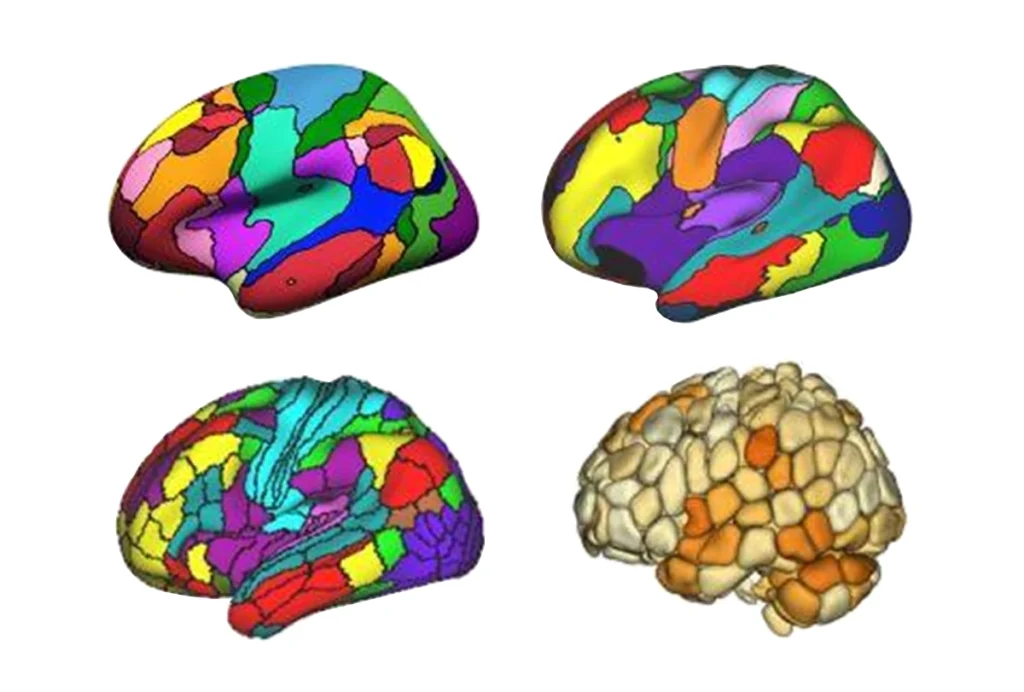
New ‘decoder’ tool translates functional neuroimaging terms across labs
The compendium of brain-parcellation atlases makes it possible to compare large-scale network data, which often involves different and overlapping network names.